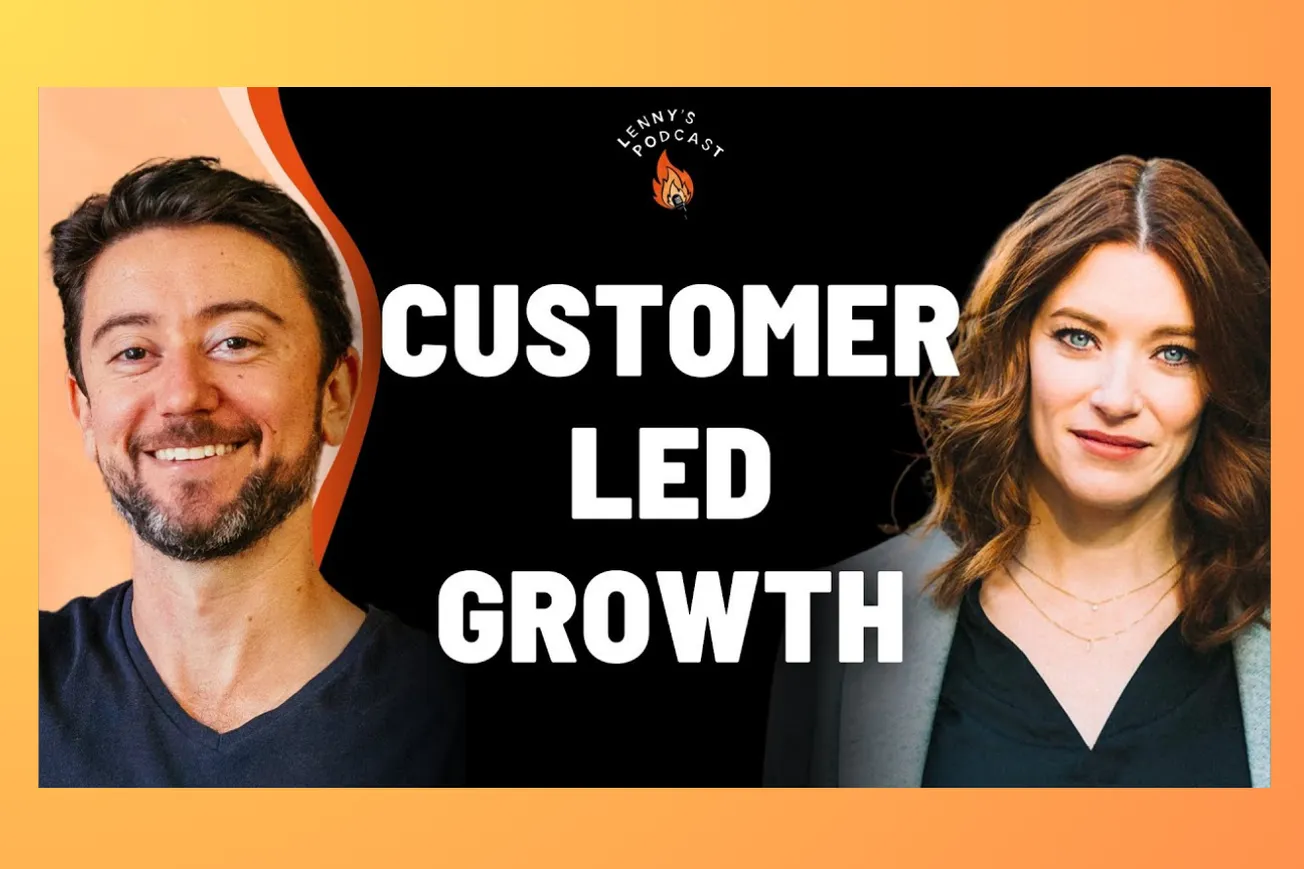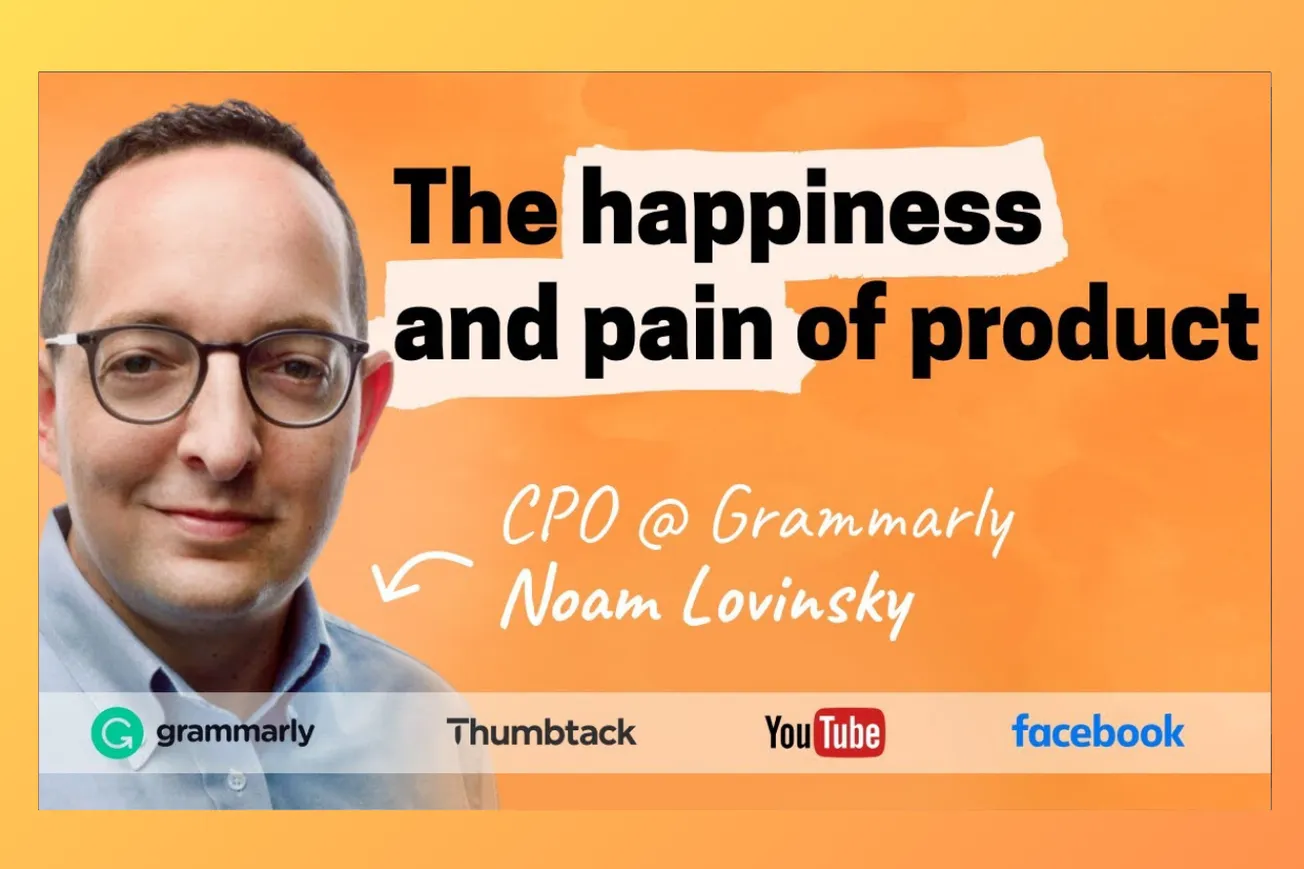Table of Contents
Customer-led growth strategies help SaaS companies double conversion rates by mapping ideal customer journeys and optimizing product experiences based on jobs-to-be-done research.
Discover how Georgiana Laudi's proven framework transforms struggling SaaS companies into growth machines through customer-centric approach.
Key Takeaways
- Traditional funnels fail SaaS businesses by focusing on business metrics rather than customer value delivery
- Companies can double conversion rates by identifying their ideal customers' jobs-to-be-done and mapping value moments
- Research-driven messaging aligned with customer language consistently outperforms internal assumptions about product positioning
- Product onboarding optimization based on customer feedback often yields the highest immediate growth impact
- Six-milestone customer journey mapping provides measurable frameworks for tracking meaningful product engagement
- Proactive customer experience design prevents 70% of users from abandoning products after first login
- Strategic focus on one customer job initially outperforms trying to serve multiple customer segments simultaneously
Timeline Overview
- 00:00–07:03 — Georgiana's background: Introduction to Gia's 20-year marketing career, transition from agency work to Unbounce, and founding Forget The Funnel consultancy
- 07:03–08:52 — Why funnels are antiquated: Traditional funnels focus on business metrics over customer value, ignore post-acquisition growth, and treat all customers identically
- 08:52–13:59 — Better positioning and messaging to find the ideal customer: Examples of 89% website conversion increases and 40% trial-to-paid improvements through customer research and positioning
- 13:59–19:23 — How Gia was inspired by Airbnb's storytelling: 2013 Airbnb office visit reveals customer journey mapping through value delivery rather than business-centric funnels
- 19:23–21:54 — How to analyze what's successful and what to invest in: Framework overview: understand best customers, map their experience, make it measurable, evaluate current alignment
- 21:54–26:37 — The ideal customer to learn from: Criteria for best customers: high value, recent signup, payment completion, happiness, and ability to remember pre-product life
- 26:37–32:21 — How to choose which customer job to prioritize: Prioritization based on willingness to pay, problem urgency, retention potential, market congregation, and competitive advantages
- 32:21–36:45 — Value moments in the customer relationship: Six-milestone framework: struggle phase, evaluation phase, growth phase with specific KPIs for each stage
- 36:45–44:40 — Applying customer feedback: SparkToro case study showing how research-driven messaging and product optimization doubled trial-to-paid conversion rates
- 44:40–49:45 — Metrics for measuring the customer's meaningful engagement: Setting KPIs for each milestone, proactive experience design, and reactive win-back campaigns for fallen-off users
- 49:45–51:15 — What's included in the messaging and positioning guidebook: Five-to-seven page guides covering value props, competitive advantages, emotional and functional benefits tied to product attributes
- 51:15–54:13 — Tips for messaging: Use customer language from research, establish messaging hierarchy based on what customers say they value most
- 54:13–55:58 — Example of a customer job at SparkToro: "Help me identify opportunities that I wouldn't otherwise be aware of" with organized, shareable, and usable data
- 55:58–59:50 — What is the Jobs to Be Done framework?: Focus on customer desired outcomes rather than demographics, with recommended resources and learning materials
- 59:50–1:04:18 — Lightning round: Book recommendations, productivity tips, business influences, and personal insights from Gia's career journey
- 1:04:18–END — How Gia manages her time: Time blocking strategies, Slack message prioritization systems, and quarterly time tracking analysis for optimization
Why Traditional Funnels Kill SaaS Growth
- Traditional marketing funnels put businesses at the center instead of customers, measuring business values rather than customer value delivery
- Pirate metrics like MQLs and SQLs create meaningless buckets that assume all customers and products behave identically across industries
- SaaS companies cannot treat acquisition as the end goal since recurring revenue businesses depend entirely on post-acquisition success
- "The vast majority of these models don't take post acquisition retention expansion all of that into account" reveals fundamental flaws
- Funnel thinking ignores the critical problem stage where customers live before discovering your solution, eliminating valuable marketing context
- Customer journey mapping through value delivery eliminates the "grossness" of pushing people through arbitrary business-centric stages
The Customer-Led Growth Research Foundation
- Identifying best customers requires focusing on high-value users who signed up recently enough to remember pre-product life experiences
- Best customer criteria includes high product engagement, payment completion, happiness levels, low maintenance requirements, and 3-6 month recency
- Jobs-to-be-done research uncovers trigger moments, solution-seeking behavior, evaluation criteria, and desired outcomes that drive purchase decisions
- Survey methodology can deliver decisive results within 2-3 weeks when designed properly, avoiding analysis paralysis that stalls growth initiatives
- "99 times out of 100 a company's website is not doing as much as it could do" from messaging optimization perspective
- Voice of customer research consistently reveals new insights even for founders who built products solving their own problems initially
Strategic Customer Job Prioritization Framework
- High willingness to pay indicates strong market demand and reduces sales cycle complexity for resource-constrained teams
- Urgent problem scenarios create painkiller rather than vitamin solutions, driving immediate purchase decisions and reducing churn risk
- Long-term retention and expansion potential ensures sustainable revenue growth beyond initial customer acquisition costs and efforts
- Market congregation advantages allow efficient marketing spend by reaching concentrated customer groups through specific channels and messaging
- Unfair competitive advantages in specific markets should guide customer job selection over potentially larger but competitive segments
- "Put one foot in front of the other do a really good job of one thing first" prevents diluted positioning
Six-Milestone Customer Journey Mapping Process
- Struggle phase encompasses problem recognition and initial solution research, typically measured through website visitor acquisition and engagement metrics
- Evaluation phase includes first value delivery and meaningful product activation, requiring specific feature usage combinations that demonstrate core value
- Growth phase focuses on continued engagement patterns and habit formation, establishing sustainable usage frequencies that predict long-term retention
- Value realization represents the critical threshold where customers achieve their desired outcomes and commit to ongoing product usage
- Each milestone requires specific KPIs tied to meaningful product usage rather than vanity metrics that don't correlate with retention
- "If they haven't even discovered that really most valuable part of their product you need to focus on getting them to that value"
Product Positioning and Messaging Optimization
- Customer language reflection creates resonant messaging that demonstrates deep understanding of user problems and desired outcomes through authentic voice
- Messaging hierarchy prioritization should follow customer value perception rather than internal product feature excitement or development investment levels
- Five to seven page messaging guides provide frameworks for consistent communication across marketing materials, product onboarding, and customer success touchpoints
- Value theme breakdown into emotional and functional benefits tied to specific product attributes creates comprehensive positioning foundation for teams
- "You want to reflect back what they said they care about not what you think is the coolest thing about your product"
- Internal stakeholder knowledge should supplement rather than replace direct customer research for messaging development and validation efforts
Measurement and Optimization Implementation
- Each customer journey milestone requires dedicated KPIs that enable proactive experience design and reactive win-back campaign triggers
- Product activation metrics should combine core feature usage with complementary functionality that delivers complete value propositions to users
- Win-back experiences become measurable and actionable when meaningful engagement thresholds are established for each journey stage progression
- "70% of people log into an App log into a product once and never come back" emphasizes critical importance of first-session optimization
- Proactive customer experience design prevents abandonment while reactive nurturing recovers users who fall off the engagement progression path
- Regular measurement review cycles enable teams to adjust time allocation and focus areas based on actual customer behavior data patterns
Common Questions
Q: What makes customer-led growth different from traditional marketing approaches?
A: It prioritizes customer value delivery over business metrics, focusing on jobs-to-be-done rather than demographic segmentation.
Q: How long does the customer research process typically take?
A: Well-designed surveys can deliver actionable insights within 2-3 weeks without falling into analysis paralysis.
Q: Which companies benefit most from this approach?
A: B2B SaaS companies with recurring revenue models see the highest impact from customer journey optimization.
Q: What's the biggest mistake companies make with customer journey mapping?
A: Focusing on business-centric metrics instead of meaningful customer value moments and product engagement thresholds.
Q: How do you choose between multiple customer jobs?
A: Prioritize based on willingness to pay, problem urgency, retention potential, and competitive advantages.
Customer-led growth transforms struggling SaaS companies by replacing business-centric funnels with value-driven customer journey optimization. Research-backed positioning and milestone measurement create sustainable conversion improvements that compound over time.








